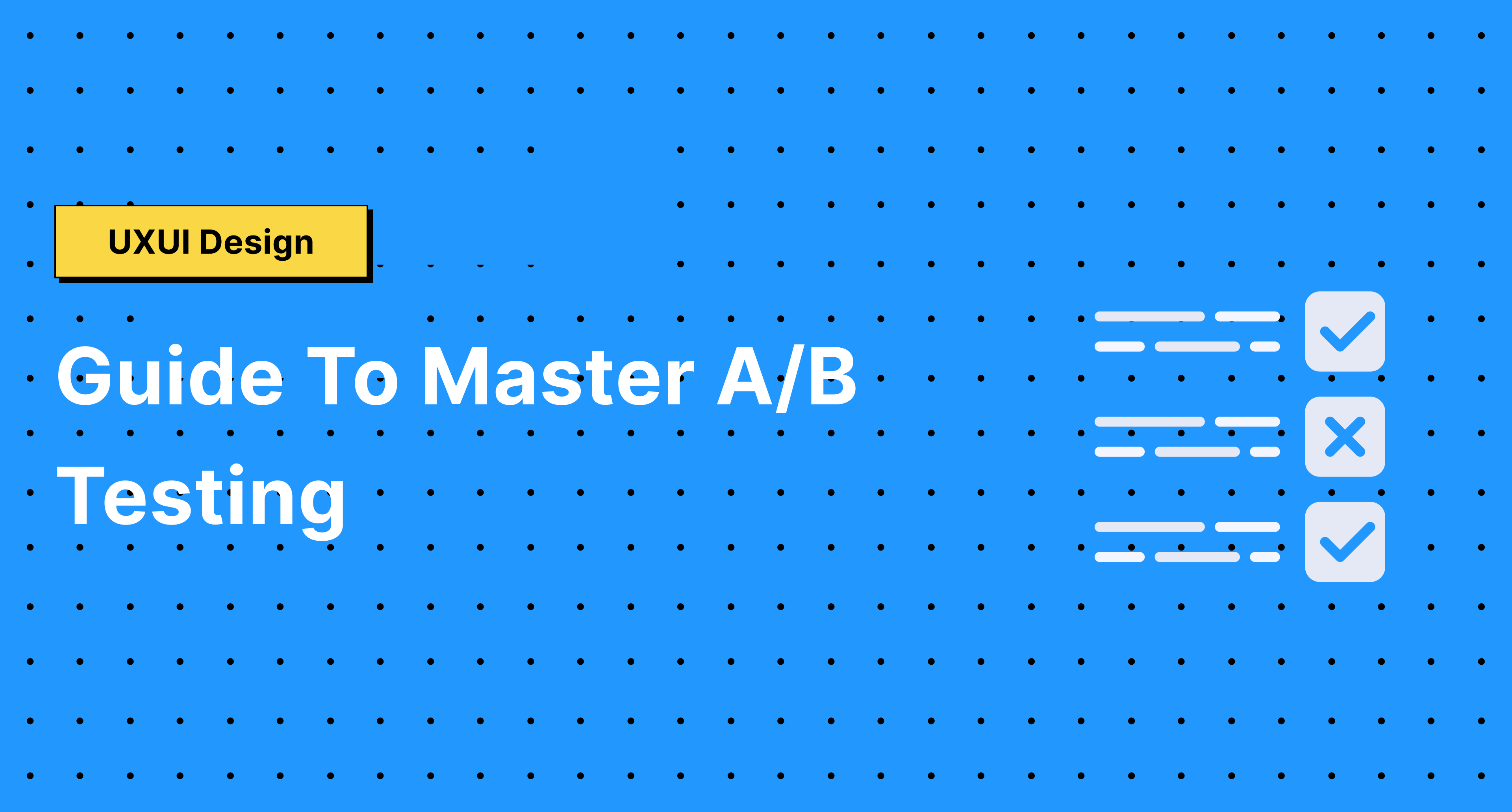Mastering A/B Testing: A Guide to Optimizing Digital Experiences

Introduction
In the fast-paced digital world, A/B testing has emerged as a cornerstone of optimization strategies, enabling teams to make informed decisions that enhance user engagement and conversion rates. By comparing two versions of a web page, email, or app feature, businesses can identify which variation performs better for a given conversion goal. This article delves into the art and science of A/B testing, offering a comprehensive guide to conducting effective tests and interpreting their results.
Understanding A/B Testing
A/B testing involves creating two versions of a digital asset (A and B) that are identical except for one variation that might affect a user's behavior. This variation could be anything from a headline, call-to-action button, color scheme, or content layout. Traffic is then split between these versions to see which one achieves better performance metrics, such as higher conversion rates, increased engagement, or improved click-through rates.
The Importance of A/B Testing
A/B testing is crucial for several reasons:
- Data-Driven Decisions: It replaces guesswork with hard data, allowing for decisions based on actual user behavior.
- Improved User Experience: By understanding what resonates with users, companies can tailor experiences that meet their needs and preferences.
- Increased Conversion Rates: Even minor changes, identified through A/B testing, can lead to significant improvements in conversion rates and overall business growth.
How to Conduct A/B Testing
- Define Your Objective: Clearly identify what you're trying to improve. This could be increasing newsletter signups, boosting product sales, or reducing page bounce rates.
- Hypothesize: Based on your objective, formulate a hypothesis. For example, "Changing the CTA button color from blue to red will increase clicks."
- Create Variations: Develop two versions of your asset: the control (A) and the variation (B) that includes the hypothesized change.
- Split Your Audience: Ensure that your audience is randomly divided between the two versions to avoid bias.
- Measure Results: Use analytics tools to track and compare the performance of each variation.
- Analyze and Implement: Analyze the data to determine which version performed better. Implement the winning variation and consider further optimizations based on the results.
Best Practices for Effective A/B Testing
- Test One Change at a Time: To accurately determine which variation caused the difference in performance, only test one change at a time.
- Ensure Statistical Significance: Use statistical analysis to ensure that your results are significant and not due to chance. A significance level of 95% or higher is generally considered reliable.
- Segment Your Data: Look beyond aggregate data to understand how different segments of your audience react to each variation. This can provide deeper insights into user behavior.
- Run Tests for Adequate Duration: Allow the test to run long enough to collect sufficient data, typically until it reaches statistical significance or for a full business cycle.
Conclusion
A/B testing is an invaluable tool in the digital marketer’s arsenal, providing clear insights into user preferences and behavior. By adopting a structured approach to A/B testing, businesses can significantly enhance the effectiveness of their websites, applications, and marketing campaigns, ultimately driving better engagement, higher conversion rates, and greater customer satisfaction. As digital landscapes evolve, the ability to adapt based on data-driven insights will continue to be a key determinant of success.

